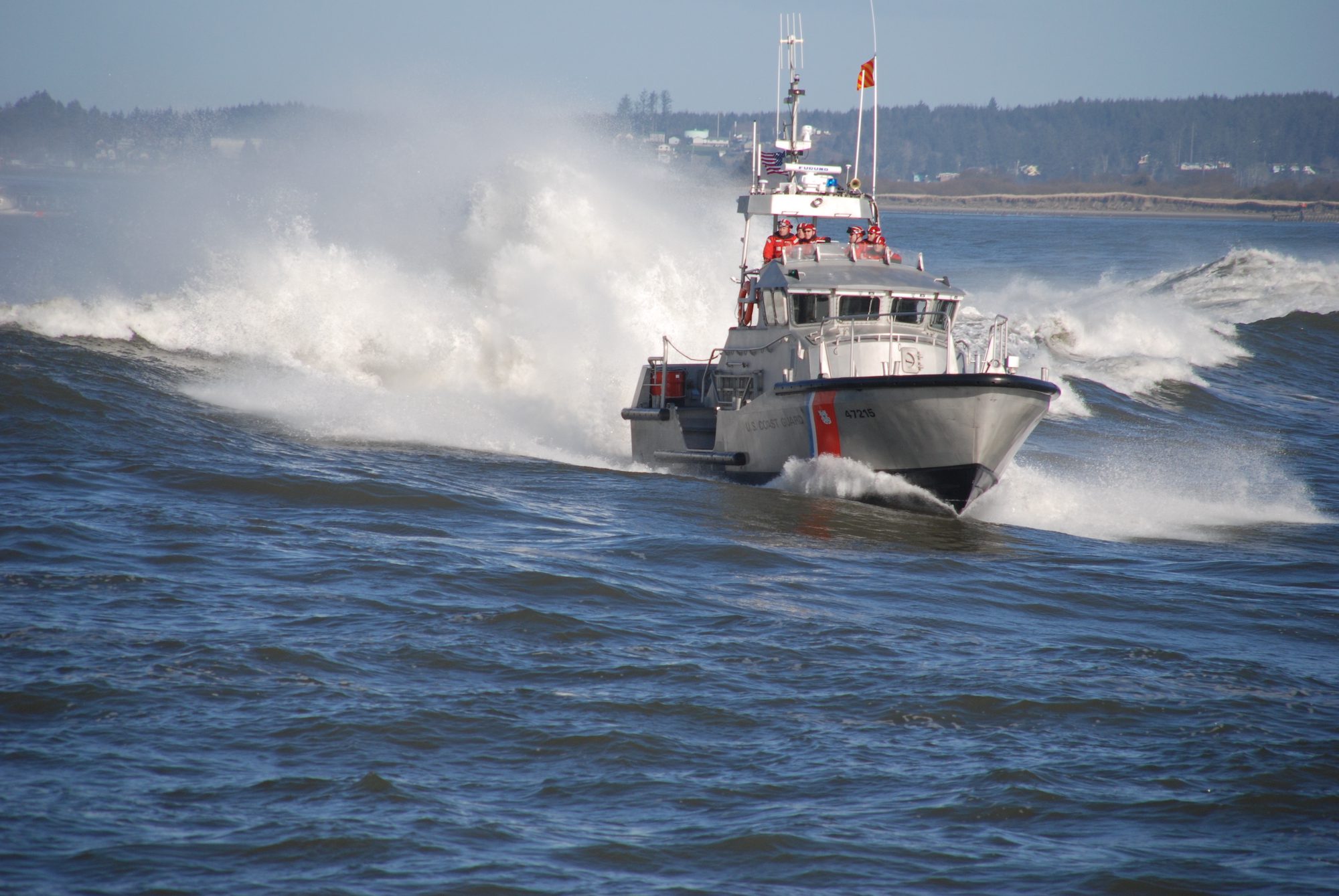Rescuers Search For 11 Fishermen Missing At Sea In South Africa
JOHANNESBURG, May 18 (Reuters) – Search and rescue efforts were underway in South Africa on Saturday to find 11 fishermen missing at sea after their vessel sunk off the coast of Cape...


U.S. Coast Guard File Photo
The U.S. Coast Guard is pursuing a civil penalty against a commercial fishing vessel for violating Automated Identification System (AIS) regulations near the mouth of the Columbia River.
Coast Guard Sector Columbia River detected a commercial fishing vessel deactivate its AIS while underway near the mouth of the Columbia River in violation of 33 Code of Federal Regulations 164.46(d)(2), on December 3, 2022.
The captain admitted to the violation but declined to accept the Notice of Violation, issued for $5,000. Now the case has been referred to a Coast Guard Hearing Officer, with a maximum penalty of $41,093.00.
Commercial fishing vessels are known to purposefully turn off her AIS in an attempt to hide their fishing spots.
The Coast Guard is not currently releasing the name of the vessel since it’s still an active investigation.
AIS is an international maritime navigation safety communications system used to help save lives and facilitate safe transit of navigable waterways. AIS automatically transmits vessel information to shore stations, other ships and aircraft, including the vessel identity, type, position, course, speed, navigational status and safety-related information.
“AIS is essential for safe navigation and bolsters America’s security posture, beyond the requirements of the law, AIS helps keep mariners safe and our ports secure,” said Lt. Cmdr. Colin Fogarty, the Enforcement Chief for Sector Columbia River. “Particularly during crab season, weather and visibility are poor on the Oregon and Washington coasts. AIS permits vessels to show their location and avoid collisions. Unfortunately, the Coast Guard often sees mariners turning off their AIS during certain fishing seasons. Regardless of their reasons, the laws and regulations require the system be functioning and energized.”
The regulation (33 CFR 164.46) in part states that all self-propelled vessels, at a length of 65-feet or more, engaged in commercial service and operating on the Territorial Seas (within 12-nautical miles of shore) must maintain AIS in effective operating condition, which includes the continual operation of AIS and its associated devices (e.g., positioning system, gyro, converters, displays) at all times while the vessel is underway or at anchor, and, if moored, at least 15 minutes prior to getting underway, with limited exceptions. Effective operation condition also includes the accurate input and upkeep of all AIS data fields; an AIS encoding guide has been provided to facilitate complying with this requirement.
“For safety and security, the Coast Guard is constantly monitoring vessels offshore in our waterways,” Fogarty said. “When we detect a vessel not following AIS requirements, we will pursue enforcement action. $5,000 is a significant fine to pay for a secret crabbing spot, but it’s still cheaper than the safety of the crew. Our hope is that this instance will deter future violations throughout the community.”
Join the gCaptain Club for curated content, insider opinions, and vibrant community discussions.


Join the 107,199 members that receive our newsletter.
Have a news tip? Let us know.
Access exclusive insights, engage in vibrant discussions, and gain perspectives from our CEO.
Sign Up




Maritime and offshore news trusted by our 107,199 members delivered daily straight to your inbox.



Essential news coupled with the finest maritime content sourced from across the globe.
Sign Up